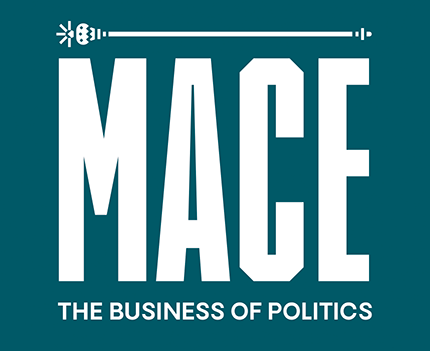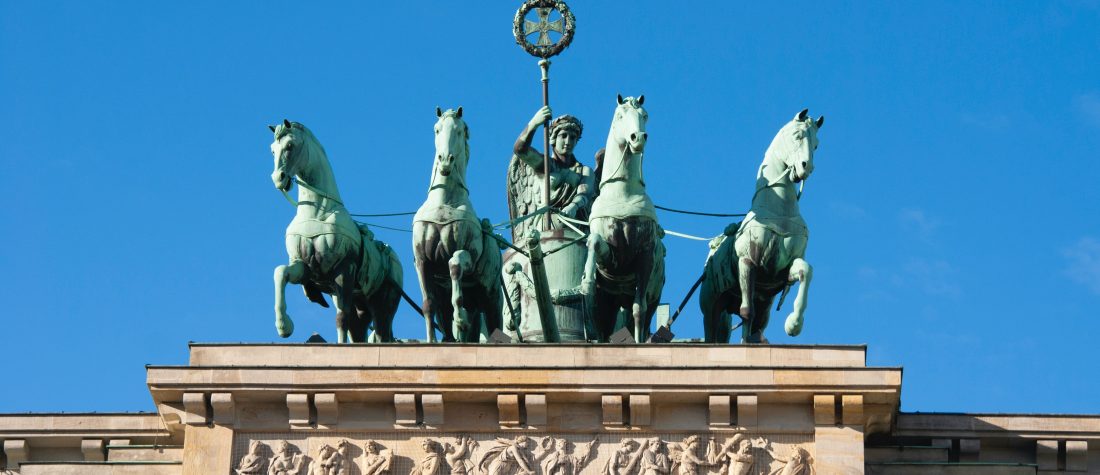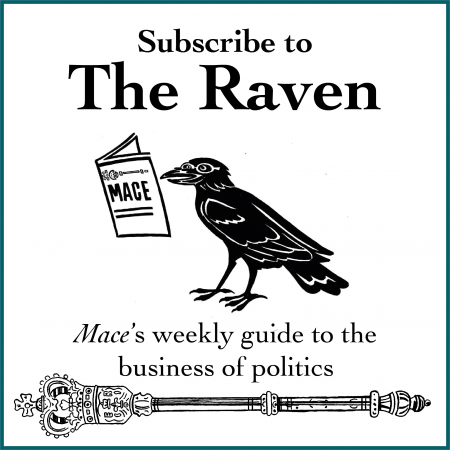Since 1949, Germany’s political system has been all but dominated by the Christian Democratic Union (CDU) and the Social Democratic Party (SPD), with fringe parties only ever claiming only tiny morsels of the electorate. In 2013, 67% of the country’s voters backed one of these two traditional governing parties. This number dropped to 53% in 2017 and to 50% in last month’s federal race that saw the SPD’s Olaf Scholz emerge as the likeliest next chancellor. This trend echoes similar developments across Europe, where traditional centre-right and centre-left forces have either imploded or lost considerable ground to insurgent rivals.
And yet unlike its European neighbors, Germany’s fragmentation has largely benefitted centrist alternatives rather than radical upstarts (so argued Tom Nuttall of The Economist and Jana Puglierin of the European Council on Foreign Relations (ECFR) in the latest episode of Uncommon Decency). The far-left Die Linke and the far-right Alternative für Deutschland (AfD) claimed only a combined 15% of the overall vote, with the former only barely making it past the threshold for entering the Bundestag.
The rise of the alternative centrists
Instead, two centrist parties, the Greens and the liberal Free Democratic Party (FDP), have emerged as the main beneficiaries of this fragmentation. They are thus the potential kingmakers determining any government coalition that the victor-party the SPD will lead.
Germany’s Grüne (the Greens), unlike many of their European analogs, have shed their early radical tinge in favour of a more establishment line, as evidenced in their presence in the ruling coalitions in 11 of Germany’s 16 states. The party can even boast of having a Green minister-president in charge of the traditionally conservative state of Baden-Wurtemberg. Staunchly pro-EU and fiscally moderate, the Greens advocate a boost to Germany’s ambitions without the kind of radical central planning that would compromise the country’s economic fundamentals.
The FDP, for its part, is not new to the role of kingmaker. Despite its fiscally hawkish approach to Germany’s EU membership and its penchant for austerity at home, the FDP remains a solidly centrist party, the likes of which dot the partisan spectrum of many a Northern European country.
Split by age
With the SPD and the CDU having been locked in a “grand coalition” (the “große Koalition”) for 12 of the past 16 years, their relative underperformance in last month’s race is of course partly a symptom of incumbent attrition. Yet a look at the election results by age suggests that Germany’s centre-skewed fragmentation is a nascent trend: a staggering 73% of the electorate aged 70 or over backed either the CDU/CSU or the SPD, with only 25% of the under-25s voting the same, and 44% of the latter backing instead the FDP or the Greens. Given Germany’s ageing population, the dominance of older voters isn’t likely to go away soon, but such an age fracture should be a cause of concern for the traditional governing parties.
All of this points to a Bundestag that will undergo rising fragmentation into various centrist parties, with no huge ideological chasms between them. Such a fragmented yet congruous parliament, however, will increasingly struggle to form strong, durable governments, with three-party coalitions likely becoming the new normal (as is already the case in many German states). Fragmentation will likely lengthen coalition negotiations while hampering the government’s capacity to react to unexpected crises that were not anticipated in the coalition agreements.
A difficult post-mortem for the CDU
In each of the last two CDU primaries, centrist figures triumphed over Friedrich Merz, a former CDU grandee sidelined by Merkel. Merz campaigned on steering the CDU to the right after 16 years of prudent, centrist governance. He was defeated both times by Annegret Kramp-Karrenbauer, now defence minister, and Armin Laschet, the party’s candidate this time around, respectively, with the narrow margins raising the spectre of a right-wing takeover should the party fail to deliver.
And yet, despite Laschet’s centrist leanings, the CDU has bled electors to all the main centrist parties while making inroads with the AfD’s electorate, denting the case for a sharp steer to the right being the CDU’s miracle solution. While Merz and others might want to seize the opportunity of being in opposition to re-energize the party with more radical positions and come back to office with a stronger mandate, such a pivot seems unlikely at the national level. The Germans tend to be more cautious of radical solutions coming from the opposition than their European neighbours. As the ex-SPD leader Frans Müntefering once put it: “opposition ist mist” (“opposition is shit!”).
Geographic fragmentation
Underneath this centrist dynamism lies a growing geographic polarisation. Benefitting from the collapse of the CDU, the AfD captured as many as 16 constituencies in east Germany, mostly in Saxony and Thuringia, where it claimed 24% of the vote. While its overall share of seats has waned from a high in 2017, the party has still proved resilient in those eastern confines of the country. It remains to be seen if the other parties can effectively draw a cordon sanitaire on such a key political actor, or if the dam will break and the AfD will end up being included in a local coalition government or two. This is another potential headache for the CDU.
Ongoing negotiations
The SPD, FDP and Greens have now formally initiated coalition negotiations. It seems extremely unlikely the CDU will get a shot at building an alternative coalition. That said, the negotiations will last many weeks if not months. In 2017, it took Angela Merkel four months of wrangling to break the political deadlock and reach a coalition with the SPD. This time around there seems to be more goodwill and enthusiasm between the negotiating parties, but a three-party coalition would be a first at the federal level since the 1950s, with possible complications on the divvying of key ministries.
It is hard to predict what will come out of such a coalition given each party’s red lines. While the parties have already agreed on raising the minimum wage from 9.35€ to 12€ per hour, other topics will need creative compromises, especially with the FDP. For example, the FDP campaigned on cutting the corporate tax rate, a tough sell for the Greens and SPD, but one that could be squared by foregrounding the FDP’s more focused depreciation program for digitisation and climate protection.
Shades of green
The Greens will, unsurprisingly, want to increase “green” public spending while the FDP will want to respect the country’s debt brake. Given the current political climate in Berlin and Brussels, one can expect the parties to exclude some green investments from the debt brake criteria – a compromise many EU member states are also calling for at the European level. The parties also seem ready to aim for a 2030 coal exit and an expansion of renewable energy, an influential decision amidst the surge of energy prices across the EU. In a country where weather-dependent renewables meet 46.3% of Germany’s power consumption, such a decision could render Germany increasingly dependent on energy imports.
The centre can hold
The 2021 election has not initiated a radical re-orientation of German politics. This centrist fragmentation will make future coalitions messier and most likely less able to react quickly to unforeseen challenges, but it will not fundamentally alter Germany’s centrist nature.
François Valentin (@Valen10Francois) and Jorge González-Gallarza (@JorgeGGallarza) are the co-hosts of Uncommon Decency, a podcast on European issues (@UnDecencyPod).


